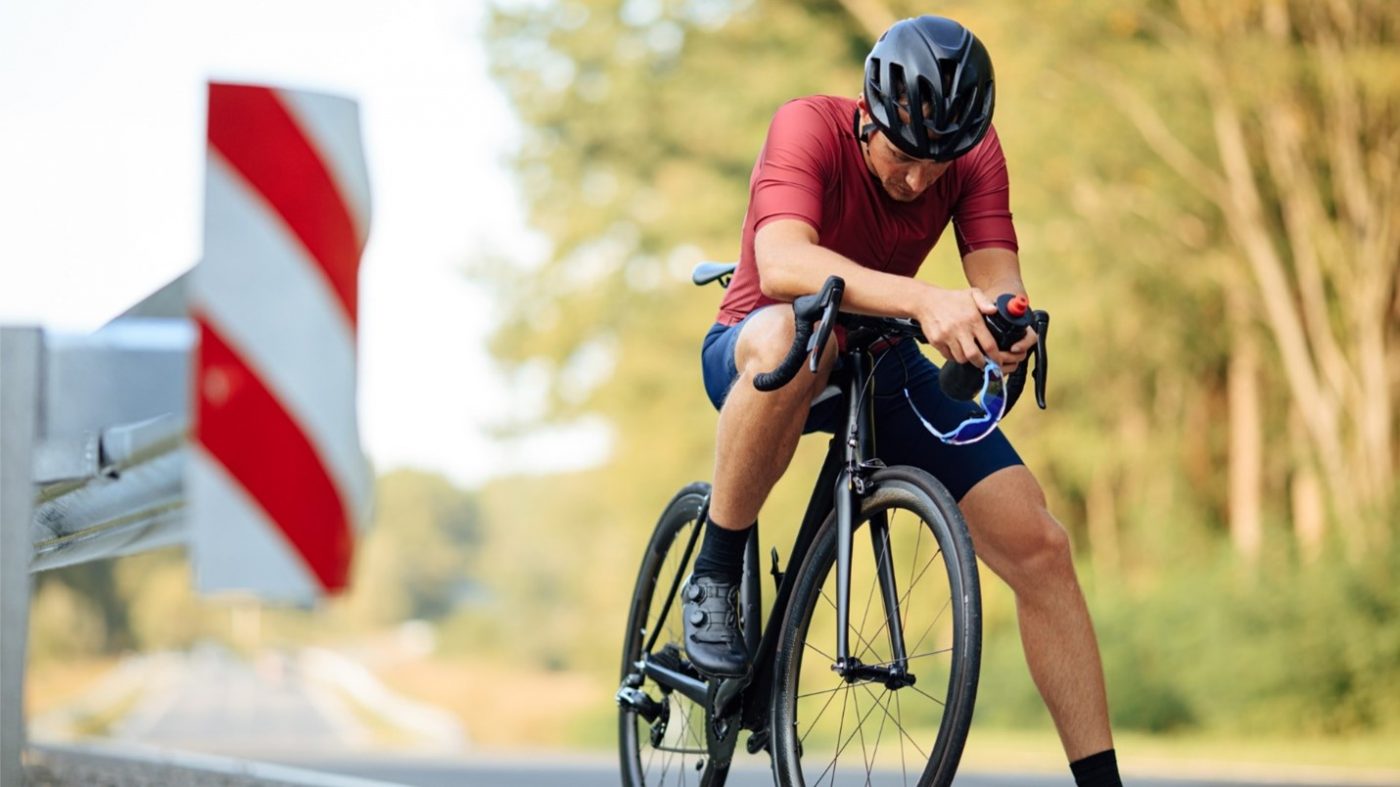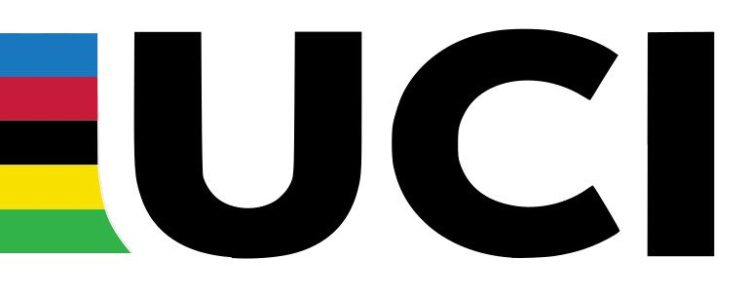The Cycle of Risk: Dangers and Realities of Underfueling in Cycling
By Christopher Schwenker
Exploring the impact of low energy availability, RED-S, and eating disorders on the health and well-being of the cycling community.
Cycling is “weight-sensitive.” It is a sport dependent on an athlete’s body mass resisting the force of gravity. The sensitive issue of eating disorders, unhealthy nutrition, and underfueling behaviors has had a detrimental impact on many racers, leading to severe consequences.
A recent study highlighted in a May 2022 paper published in BMC Sports Science, Medicine, and Rehabilitation reveals a concerning awareness of eating disorders among female cyclists. The study states starkly: “Female cyclists are at risk of developing eating disorders, and they are aware of this risk.”
Cyclists Are at Risk of Eating Disorders Despite Awareness of The Dangers
The issue of eating disorders (ED) and disordered eating (DE) in both elite and recreational female athletes is not a new concern. Influenced by the media’s fixation on fitness, weight, and body shape, these unhealthy obsessions have permeated general society for a long time.
The results provide a revealing insight into the mentality of female cyclists concerning their awareness of eating disorders. Over 80 percent believe that their sport increases their risk of developing disordered eating behaviors or an ED.
Ninety percent of the participants knew someone with an ED, usually another female cyclist, and the vast majority had lost weight to improve performance after being advised to do so. These factors are known triggers for the development of DE and ED.
However, even more striking is the finding that of the cyclists determined to be high-risk, almost 90 percent acknowledged awareness of ED risks.
Despite this awareness, the behavior persists. The study highlights a troubling gap: cyclists are aware of the risks but fail to change their behavior. The critical question remains: why do these cyclists, acutely aware of the dangers, continue engaging in harmful practices?
The Insidious Underfueling Problem in Cycling
The serious physical and mental consequences of these preoccupations have brought attention to a problem that has been prevalent in the female cycling community for decades. The risk of ED and DE in female athletes, particularly those in endurance sports, is alarmingly high, estimated at up to 42 percent.
Today, more than ever, the risks and prevalence of these disorders are understood, thanks in part to the courage of athletes who have come forward to share their experiences, in addition to education, prevention, early detection, and focused treatment.
Yes, it is indeed possible for exercise to lead to poor health outcomes, mainly when it’s excessive. One of the most notable situations, especially among athletes in weight-sensitive endurance sports—is a condition known as Relative Energy Deficiency in Sport (RED-S), or REDs for short. The condition highlights how too much exercise without adequate energy intake can have detrimental physiological effects.
What is Relative Energy Deficiency in Sport (RED-S)?
In many weight-sensitive sports, there’s a strong emphasis on maintaining a low body weight, which often leads to restricted caloric intake. It commonly results in a pattern of low energy availability, where athletes do not consume enough dietary energy to compensate for the energy expended during exercise.
If this situation persists over a significant period and becomes chronic, athletes will start experiencing progressively worsening symptoms. These include persistent fatigue, a high rate of injuries such as stress fractures and muscular tightness, extreme weight loss, and elevated stress responses, which may manifest as an elevated resting heart rate and disruptions in the menstrual cycle. The umbrella term for these conditions, when they directly result from low energy availability, is termed RED-S.

How To Determine RED-S Risk
Ensuring adequate calorie intake to match energy expenditure is crucial, though not always straightforward for cyclists. One effective method is to track daily caloric intake for 2-3 weeks and compare it to the average total energy output.
Total Energy Output = Resting Metabolic Rate (many online calculators available) + Energy Expenditure from Exercise and all other Activities
Increasing your daily calorie intake might be necessary if you discover that your energy intake is consistently lower than your energy output. Additionally, you can perform a simple calculation to check if your dietary intake is sufficient to cover the energy expended during exercise alone to get a close approximation.
Energy Availability = Energy Intake – Energy Expenditure from Exercise,
divided by your Fat Free Mass (FFM) in KG.
To calculate fat free mass, which is essential for this formula, you can use a rough estimate based on your body fat percentage, which a smart scale can provide:
Fat Mass = Body Weight x Body Fat Percentage/100
Fat Free Mass = Weight – Fat Mass
Once calculated, a healthy range for energy availability should be between 35-45 kcal/kg of fat-free mass. If the number is lower, you are at risk of not meeting your caloric needs for the exercise completed, which can lead to issues such as those associated with RED-S in cyclists.
Underfueling is also a Male Cycling Issue with Dire Consequences
Low energy availability and RED-S are not exclusive to female athletes or confined to traditional elite cyclists. A recent study surveyed 50 male road cyclists to assess their risk of developing bone health issues, endocrine disorders, and performance declines due to RED-S consequences.
Researchers identified 14 riders (28%) at risk for low energy availability (EA) and found ten cyclists with chronic low EA. Additionally, the research team diagnosed five athletes with eating disorders or disordered eating. All athletes questioned expressed strong beliefs that maintaining a low body weight and body fat is critical for optimizing performance and improving watts per kilo.
The findings revealed that cyclists with low EA had substantially lower lumbar bone density and reduced testosterone levels compared to those with adequate EA. Perhaps most striking for the competitive cycling community was the discovery that low EA negatively impacts performance. Specifically, cyclists with low EA performed worse in a 60-minute trial.
The study highlights that male athletes are also susceptible to the impacts of insufficient energy intake relative to their energy expenditure and are challenging to detect. However, there are steps we can take to mitigate the risks.
Education and Awareness Are Essential To RED-S Prevention and Treatment
The first step in addressing the risks is acknowledging the potential danger and confronting some tough questions. It’s important to understand that no one is immune – amateurs are as susceptible as professional athletes.
Be honest with yourself, recognize the tendency to push too hard, and commit to changing unhealthy behaviors. Educating yourself about the warning signs of under-fueling is crucial. Signs to watch for include inconsistent training performance, frequent hunger pangs, mood swings and irritability, poor sleep quality, and a lack of focus. These symptoms could indicate the onset of RED-S.
Prevention, early detection, and treatment of disordered eating (DE) and eating disorders (ED) are critical steps in safeguarding the health and well-being of all athletes. It’s insufficient to place the responsibility solely on athletes to monitor their health.
Despite our knowledge and best intentions, the drive to excel at the cost of health is a trade-off many elite athletes are willing to make. It’s vital to be truthful with yourself, recognize RED-S symptoms, and make informed decisions about nutrition and recovery.
Being a cyclist is challenging, especially for amateur athletes who balance the demands of sport with family and work responsibilities. Make it easier on yourself by making the right choices for your well-being.
About the Author
After over twenty years as director of his private physical therapy practice, Chris stepped away to pursue his passion for virtual cycling and writing. He founded TheZommunique.com, the leading source of independent cycling esports journalism, is a frequent contributor to Cycling Weekly, Cycling News, and road.cc, and co-hosts The Virtual Velo Podcast. He cycled 3,900 miles across the US in 2022 to support his virtual cycling non-profit, The DIRT Dad Fund.






















